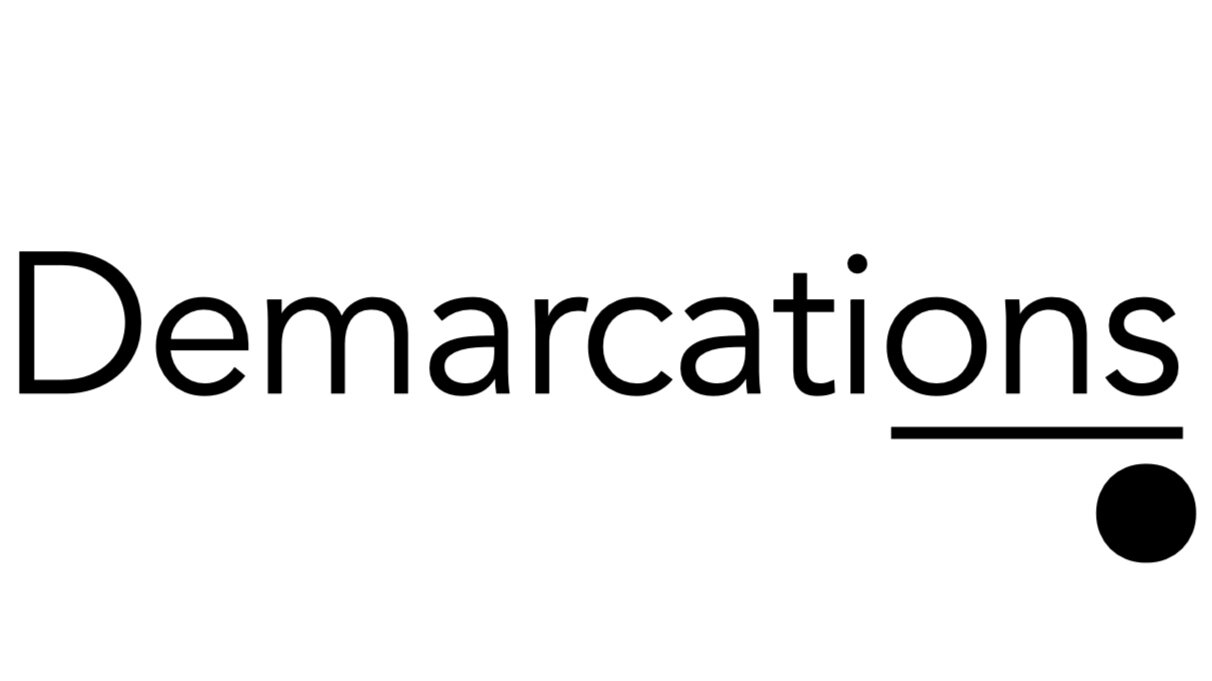In case you missed it, Markos Moulitsas (aka "kos") has a wonderful review of the iPad. But its actually more of a "day in the life" of an iPad user, which I think makes it more valuable for anyone thinking about buying one. The part I found most interesting was his discussion of the relative reliability of "open" hardware (i.e. PCs) versus "closed" (i.e. iPhone or iPad) hardware:
My Mac, while not perfect, is far more solid than my PCs of old. While the software isn't locked down, The hardware homogenization of Apple's lineup means fewer hardware-related crashes. And given how few third-party apps I run, my software-related crashes are kept to a minimum. The day HTML 5 fully kills off Flash will be the day that 95% of my infrequent crashes are eliminated. Currently, I reboot my MacBook Pro about once every 2-3 months . . . .
On a network level, we've also learned to appreciate the benefits of locking things down. We've experienced this both in deploying virtualized workspaces as well as our desktop management system. The key seems to be allowing the right amount of user customization while keeping the overall system highly standardized.
From a lean perspective, standardized tools means less error and lower variability when carrying out standardized work. It also reduces a great deal of waste for IT engineers, avoiding the time consuming process of fixing problems caused by user downloaded applications.



